- Hawaiian authorities are testing new attack alert sirens statewide in November
- If North Korea sends a bomb, does Hawaii have a bomb to send back?
- HEMA’s website advises to “get inside, stay inside, and stay tuned” if a missile is launched
- Surviving the immediate effects of a nuclear detonation (blast, shock, thermal radiation, initial nuclear radiation) requires sheltering in resistant structures.
Today a senior Pyongyang diplomat warned that the “most powerful detonation of an H-bomb in the Pacific” is on its way. If the test goes ahead as expected, it would be the first atmospheric nuclear blast in the Pacific for almost 30 years.
Hawaii is not taking any chances.
Even though capabilities for air raid sirens in Hawaii have been in place since WWII, they have not been used since. These sirens will be tested in November throughout the state of Hawaii.
What should residents expect?
I spoke to two Hawaiian residents today.
One woman said “It’s kinda freaky. We are wondering if we have enough food and water, and if we would be safe if North Korea sent an ICBM our way. We just don’t know. I mean, would we even survive a nuclear attack?”
Another resident said “It’s a bit unnerving. I should just stop watching the news, because all it does is scare me and my family. I mean, are we really going to be nuked by North Korea? That’s insane! I know that they have one crazy leader, and I don’t trust him at all.” referring to Kim Jong Un, leader of North Korea.
- Hawaiian residents are being instructed to look out for emergency sirens, alerts, wireless notifications, or flashes of “brilliant white light” that will indicate that a nuclear detonation is incoming or underway.
- The Hawaiian Emergency Agency has also instructed citizens to get indoors, stay indoors, and stay tuned via radio as “cell phone, television, radio and internet services will be severely disrupted or unavailable.” Instead, expect only local radio stations to survive and function.
- “Surviving the immediate effects of a nuclear detonation (blast, shock, thermal radiation, initial nuclear radiation) requires sheltering in resistant structures,” the guidance states.
- Schools already practice for “active shooter” scenarios, and those drills, including moving children to the center of the building and locking doors, provide double duty for nuclear preparedness, officials said.
- A nuclear device results in two sources of radiation, including high-dose gamma radiation emitted from the detonation, and fallout from debris that carries radiation into the sky that then rains down, Clairmont said.
- If indoors, citizens should avoid windows. If driving, citizens should pull off the road to allow emergency vehicles access to population centers. Once inside, Hawaiians should not leave home until instructed to or for two full weeks, as dangerous nuclear fallout could sicken or kill them.
The residents I spoke with don’t own a radio, so I suggested they get one today. I have one myself, a wind up, solar CCrane, in the event they need to connect.
Does Hawaii have something to fear when it comes to North Korea’s threats of a nuclear attack?
For one, there is little evidence to support that North Korea has developed a guidance system to ensure an accurate strike, or the re-entry technology to bring an intercontinental ballistic missile back down to hit its target. We’ve all witnessed these failed attempts in 2016 and 2017.
On the other hand, North Korean leader Kim Jong-Un has been extremely vocal on the matter. Keep in mind that the U.S. has more than 28,000 US military personnel based in South Korea, and another 40,000 in Japan. These numbers don’t include a large military base in Guam, a US territory off the Philippines. The North has threatened them all. “December 2012’s missile launch, the International Institute for Strategic Studies said, proved that North Korea has something that can hit American shores but it said that any “functioning nuclear-tipped intercontinental ballistic missile is still at least several years away”.
State officials are postulating a possible 15-kiloton North Korean nuclear device detonated 1,000 feet above Honolulu, which would be survivable for the vast majority of the state’s residents. For comparison, the bomb dropped on Hiroshima in 1945 also was 15 kilotons.
Hawaii Revives Cold War-Era Preparations
Be sure to leave your opinions and comments below.
Other stories of interest:

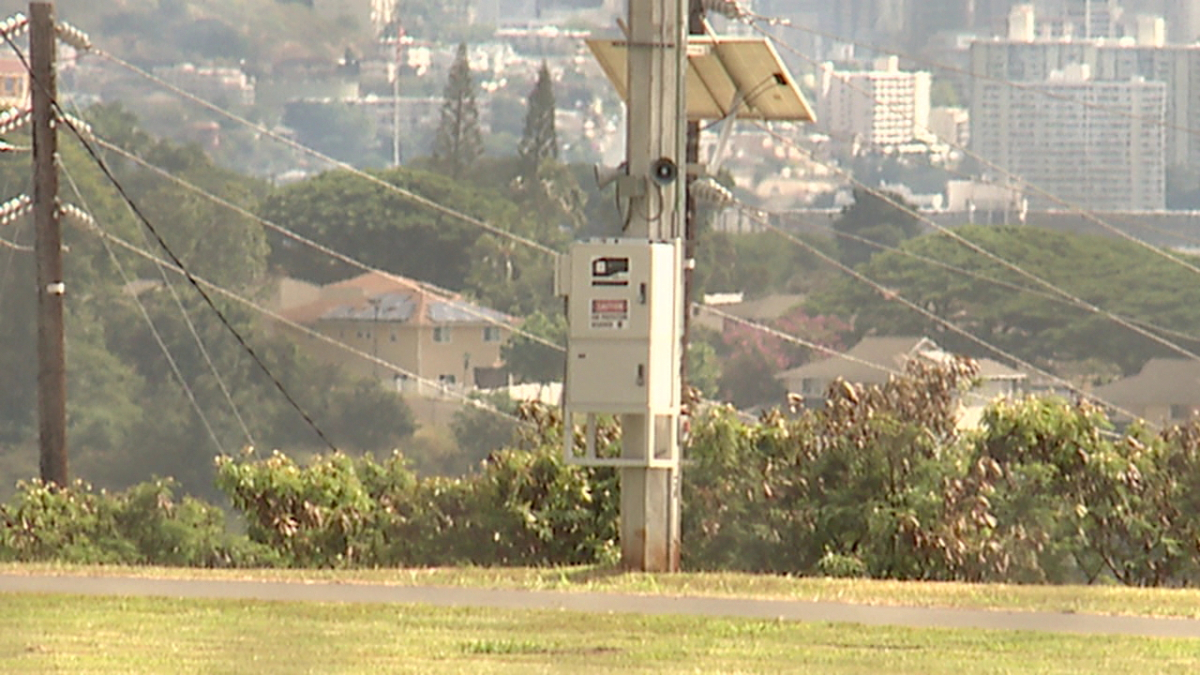

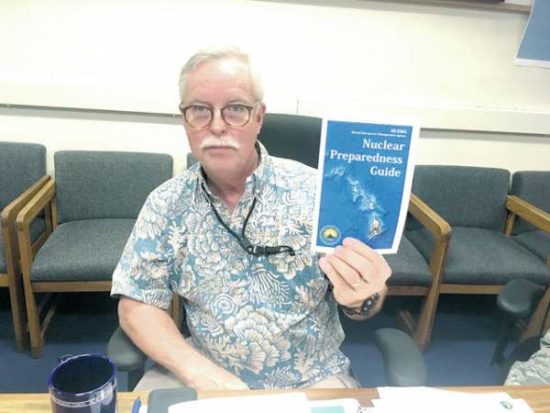

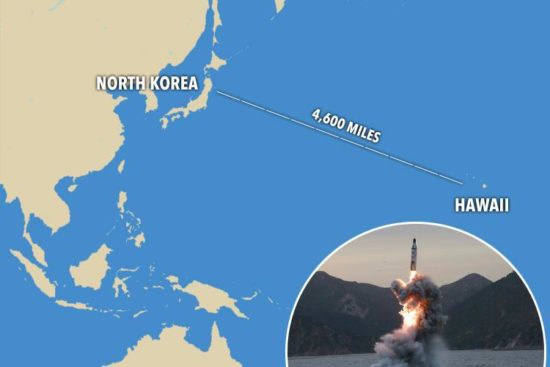
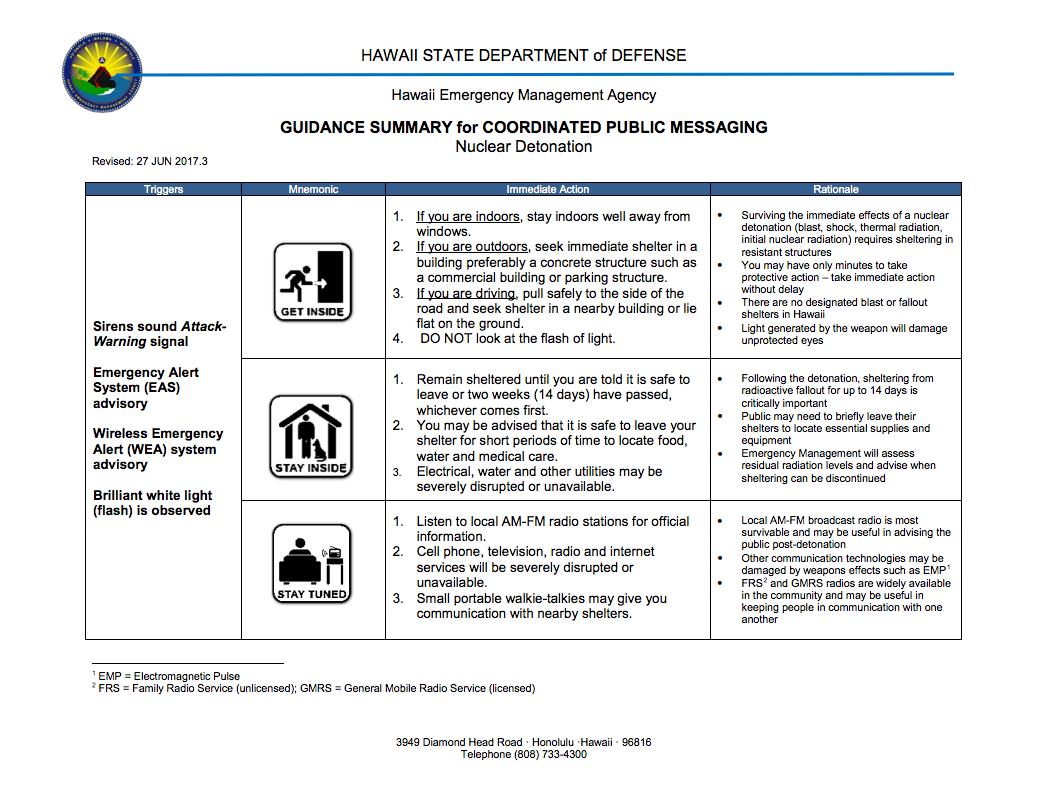
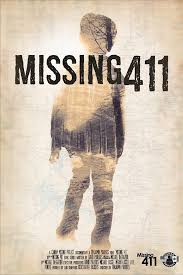

Since atomic and nuclear detonations are fake, they have nothing to fear except perhaps a dirty bomb. But even then as Hiroshima and Nakasaki (both victims of firebombing raids and subsequent pollution of radioactive materials) prove, even a ditry bomb does not do the long term environemental damage we have all been brainwashed with for several generations.